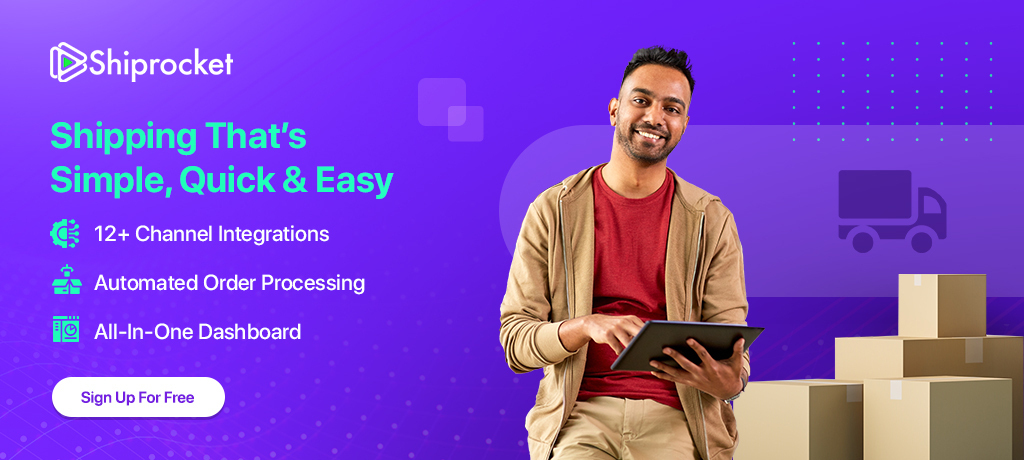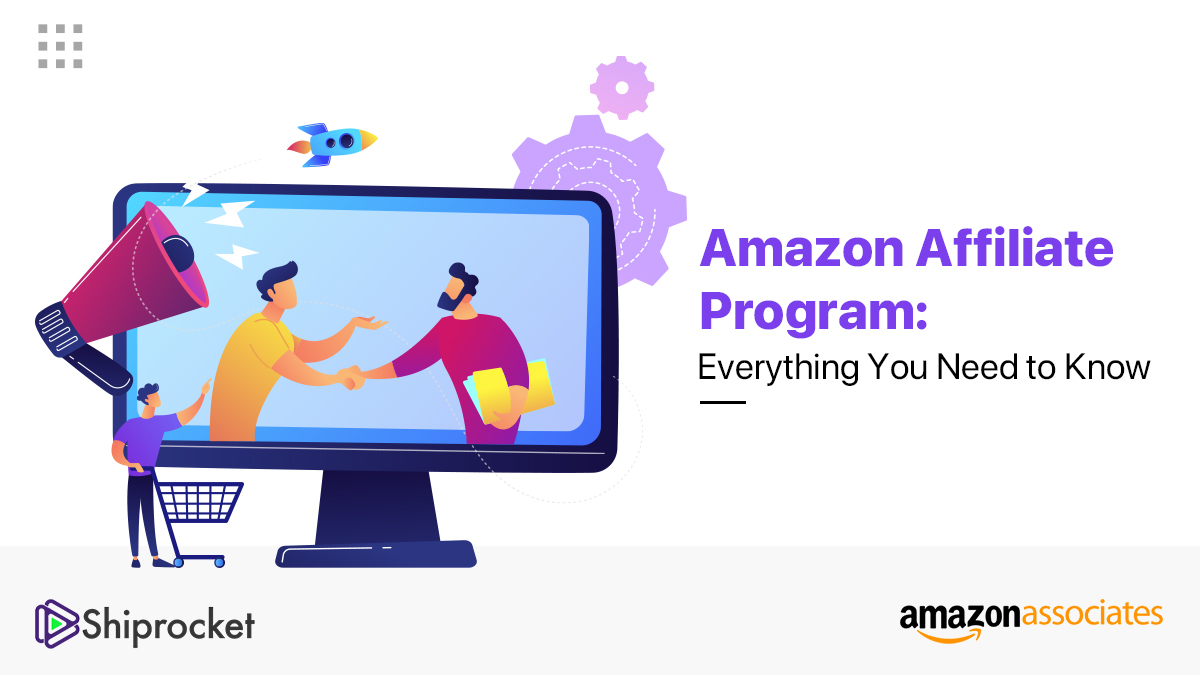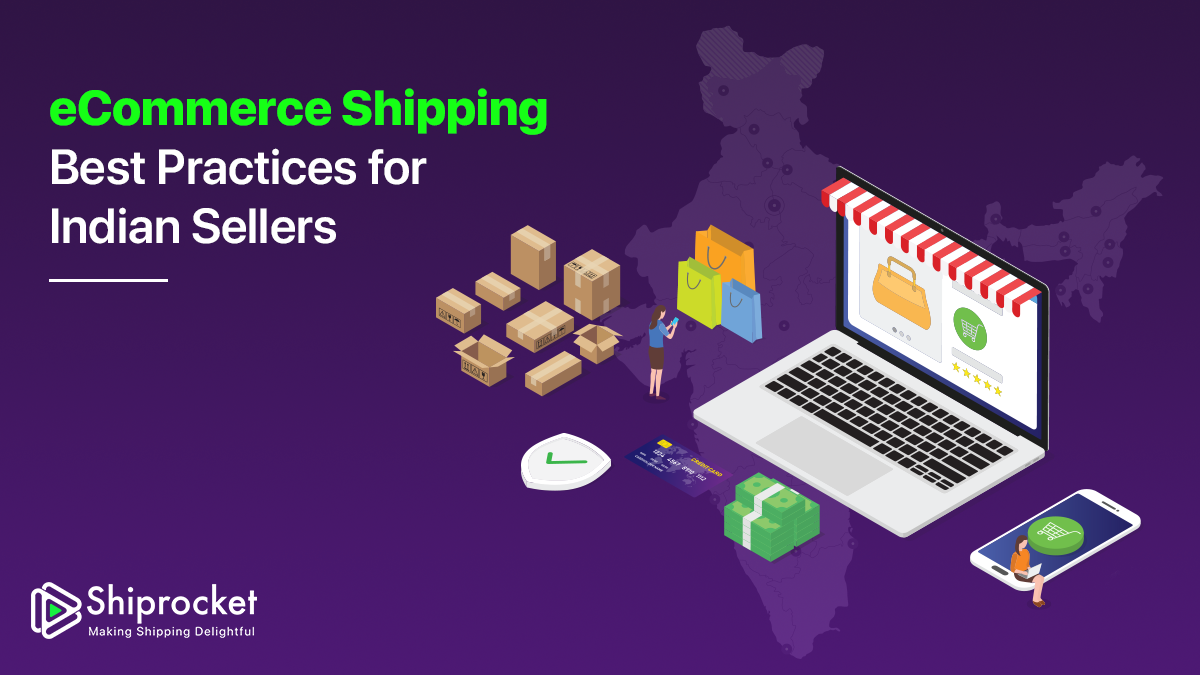Top Problems Faced in Last Mile Delivery & Solutions
- What is Last Mile Delivery?
- What is the Last Mile Problem?
- Competition & Customer Expectations
- 5 Key Steps in the Last Mile Delivery Process
- 7 Challenges in Last-Mile Delivery
- Solutions to Improve Last-Mile Delivery Logistics
- Conclusion
- Trends That Will Continue to Shape (and Change) Last Mile Delivery in 2024
Nowadays, people prefer shopping online, which is increasing the pressure to deliver products faster and more efficiently. Last-mile delivery has become important for today’s supply chain and evolving e-commerce industry. However, there are multiple challenges impacting delivery efficiency, including rising costs of delivery and delays in delivery. In this article, we will explore the complex nature of last-mile delivery, challenges, and innovative solutions to deal with customer’s expectations.

What is Last Mile Delivery?
Last-mile delivery is the final step of the delivery process in which the products are transported from a distribution center to their final destination. Last-mile delivery is the most important and complex part of the shipping process, as it includes delivering products to short and long routes or populated and remote locations. Although last-mile delivery is an expensive and time-consuming, it is important for customer satisfaction and an efficient overall delivery system.
What is the Last Mile Problem?
The last-mile problem occurs when the product is not delivered efficiently to its final destination or customer’s doorstep. The last mile problem largely happens in cases like delivering to congested and remote areas, high-cost or time-sensitive deliveries, logistical issues, etc. Transporters nowadays have come up with innovative solutions like alternative last-mile delivery methods, opting for different routes, collaborating with local delivery partners, etc., to deal with last-mile problems.
Competition & Customer Expectations
Last-mile deliveries are complex and challenging, but the customer’s expectations and competition in the transportation industry are increasing with each passing day. With the surge in eCommerce and big delivery providers, customers are expecting fast and reliable delivery options. The pressure to keep up with changing expectations forces them to keep evolving to stand out in the market. Delivery companies are finding ways to attract customers by providing exciting delivery features like real-time tracking, flexible delivery windows, same-day or next-day delivery options, hassle-free returns, etc.
It is important to keep in mind that every sector will have both large and small competitors, but the way to stay ahead of the game is to devote more time to developing cutting-edge technologies and offering customers a remarkable experience.
5 Key Steps in the Last Mile Delivery Process
1. Order Processing
The process begins when customers place an order. The order placed is processed at the warehouse or distribution center and sorted based on its destination, delivery time, mode of transportation, etc. The order then gets packed and prepared for transportation.
2. Dispatching and Routing
After the order is processed, it is dispatched from the distribution centre by delivery vehicles. The delivery partner also optimises the delivery route of the order for efficient delivery by considering the capacity of the delivery vehicle, delivery priorities, traffic conditions, etc.
3. Tracking
Tracking is a crucial part of the delivery process. The delivery vehicles are provided with GPS tracking devices and communication systems for real-time tracking and monitoring of orders and the delivery process. The tracking features update customers with the real-time status of their order, the estimated time of arrival, or any expected delays.
4. Delivery
In this step, the delivery partners follow optimised routes and plans to transport the order to its destination. The delivery is done as per the scheduled time preferences chosen by the customer. The signature of the customer or recipient is also taken by the delivery partner as proof of safe delivery.
5. Customer’s Feedback and Follow-Up
After delivering the order efficiently, the last step is to collect feedback from customers regarding the delivery experience. The follow-up should be based on the customer’s delivery experience, the condition of their parcels, any suggestions, complaints, etc. Gathering such informative feedback from customers helps delivery companies identify areas for improvement.
7 Challenges in Last-Mile Delivery
Cost efficiency
Last-mile delivery is expensive for both consumers and delivery companies. Different things affect a cost-efficient and profitable delivery, like fuel costs, vehicle maintenance, labour costs, operational costs, etc. Many hidden expenses arise during delivery, such as delays in order cancellations, customers abandoning the parcel, etc., which results in a higher cost of delivery.
Delays
Late deliveries or not being able to meet delivery deadlines can be extremely expensive for a business. Delays in deliveries can occur due to various reasons, like traffic jams in urban areas, congested roads, remote locations, lack of connectivity, road closures, etc. The delivery process is always planned with specific delivery routes and modes to avoid delivery delays and keep customers satisfied.
Security and Theft
With growing eCommerce, the security of parcels has become a challenge for delivery partners and customers. There are cases in which the parcels have been stolen from the doorstep, delivery boys have not delivered the parcels safely, customers have committed fraud, etc., These result in financial loss for the company or the customer, damage to the reputation, and create trust issues. To deal with such challenges, many companies have come up with security plans, including package tracking, identity and signature requirements, secured delivery locations, etc.

Scheduling and Real-Time Visibility Tracking
Delivering products to a remote location or a place with no proper routes to approach is one of the biggest challenges. Delivery companies try to optimise delivery routes beforehand to ensure efficient last-mile delivery, but it is not possible in every case. Remote location deliveries also lead to higher delivery costs as they need to collaborate with locals, use alternative or innovative delivery methods, etc.
Inefficient Routes or Remote Locations
Optimizing delivery routes is one of the best ways to reduce your operating costs for last-mile delivery. This has a higher chance of increasing customer satisfaction and making on-time deliveries.
Sustainable Environmental Development
The environmental impact of last-mile delivery presents a challenge for both societies and delivery services as it contributes to air pollution, carbon emissions, traffic jams, congestion, etc. The vehicles used to deliver products use fossil fuels, which results in environmental degradation. This challenge can be addressed by companies by implementing sustainable transportation methods in the future like drones, electric vehicles, bicycles, etc. The sustainable solutions are environmentally friendly but not cost-effective, which will be another challenge in the future.
Reverse Logistics
Reverse logistics is an important challenge faced by delivery companies as it is complex and needs extra operational work. Reverse logistics refers to when a customer returns the parcel or the product, and the delivery company has to handle the logistics in the opposite direction to bring them back to the warehouse or manufacturing facility. The process of reverse logistics is an additional challenge in the last-mile delivery process as it increases delivery expenses and impacts inventory management and customer experience. However, if the process of reverse logistics is conducted smoothly, it benefit the customer and builds trust, increasing the chances of repeat purchases.
Shiprocket is one of India’s largest delivery services providers addressing multiple challenges of last-mile deliveries and eCommerce. They work to provide shippers and businesses with an end-to-end customer delivery experience solution. Shiprocket is a comprehensive logistics platform that offers a streamlined shipping process, customer communication and tracking devices, marketing tools, reverse logistics, real-time tracking, route optimisation, inventory management, etc.
Shiprocket was launched in 2017 with a mission to create a seamless logistics platform that automates the shipping processes for businesses and connects them to consumers across national and international locations. Shiprocket has over 25+ courier partners and over 12+ channel integrations for all its sellers. Its shipping solutions enable brands to deliver to 24,000+ pin codes across India and 220+ countries and union territories worldwide. They provide additional features to their partners, like flexible delivery options, same-day deliveries, return options, real-time tracking, etc., which increases the overall customer delivery experience and smoother eCommerce operations.
Solutions to Improve Last-Mile Delivery Logistics
There are many strategies and innovative solutions which we can improve and speed up last-mile logistics. For example –
Smart Warehousing
Smart warehousing includes streamlining the warehouse process using technology and automation. This solution will not only improve last-mile delivery services but will also improve inventory management and enable businesses to complete order processing faster. The latest devices, like RFID technology, barcode scanning, and warehouse automation, will decrease the chances of processing time and errors.
Investing in Technology
Investing in advanced technologies is important to improve the delivery process. Advanced technological solutions like real-time tracking, GPS tracking, management systems for monitoring vehicles, telematics, etc., make the delivery process efficient.
Real-Time Tracking System and Transparency
Real-time tracking helps companies and consumers keep track of the package until it reaches its final destination. Providing real-time updates, tracking information, delivery notifications, SMS alerts, and email notifications increases transparency among customers and delivery partners.
Collaboration
Collaborating with third-party logistics providers, local courier companies, and delivery partners helps companies to increase their delivery reach. This collaboration and partnership add extra resources, expertise, infrastructure, etc., and helps businesses to grow with the growing demands of the customers.
Conclusion
In conclusion, last-mile deliveries play an important role in a successful eCommerce business and overall customer satisfaction. All businesses want to compete with their competitors and meet customer’s expectations, as supply chain logistics are constantly changing. Businesses should understand the challenges that they could face during deliveries and implement strategic solutions to increase their efficiency. Investing in technology to keep up with future expectations and efficient reverse logistics, and collaborating with locals can help delivery service providers improve last-mile deliveries.
Trends That Will Continue to Shape (and Change) Last Mile Delivery in 2024
- Increase
din the Demand for Same-Day Deliveries: Consumers have become impatient and expect companies to provide faster delivery options, which increases the demand for same-day or instant deliveries. This factor will continue to be an important factor in last-mile delivery in 2024 as companies have come up with updated technologies to offer quicker delivery to meet customers’ demands. - Alternative Delivery methods: Various alternative delivery methods are helping companies complete last-mile deliveries. These methods include using drones, partnering with local delivery partners and courier services, etc. These are efficient in transporting the product from congested urban areas to remote rural locations.
- Sustainable and Eco-friendly Solutions: Sustainable and eco-friendly delivery solutions will remain a key trend in last-mile delivery. Delivery companies have started to opt for eco-friendly electric vehicles, alternative fuels, packaging innovations, route planning, etc., to minimise the harmful effects on the environment.
- Integration of Technology: Technology will continue to play a crucial role in efficiently last mile deliveries. Integration of artificial intelligence (AI), machine learning, and automation will enhance route optimization, delivery estimations and enable efficient tracking and communication systems. Delivery apps and platforms will become more sophisticated, providing customers with real-time tracking, delivery notifications, and personalized delivery preferences.
- Contactless Delivery: The COVID-19 pandemic has accelerated the adoption of contactless delivery methods. Contactless delivery options help reduce the interaction between customers and delivery boys. Last-mile delivery personnel will utilise methods such as leave-at-door deliveries, digital signatures, and photo proofs to ensure a safe and seamless delivery experience.
- Partnered delivery models: To cater
tothe growing demand for fast deliveries, delivery service providers have started to transform their physical stores into delivery hubs, implement crowd shipping, partner with local delivery partners, utilise local resources, and build peer-to-peer delivery networks to deliver cost-effective and efficient delivery solutions. These integrations allow for faster order processing and facilitate easier returns or pickups for customers. - Smart lockers: There will be smart lockers provided to the customers to collect or store their parcels in a safe space. This service will ensure the safety of the parcel in case of any delays in the delivery and provide convenience to the customers to collect the parcel as per their schedule if they are not in the city at the time of the delivery.
Adapting these trends will continue to shape the last-mile delivery landscape in 2024 and beyond, improving the delivery capabilities of delivery service providers.






